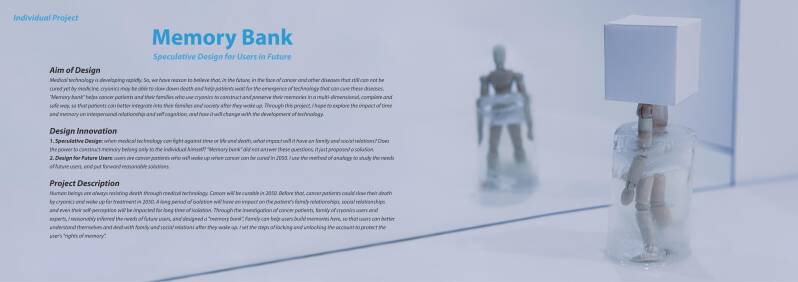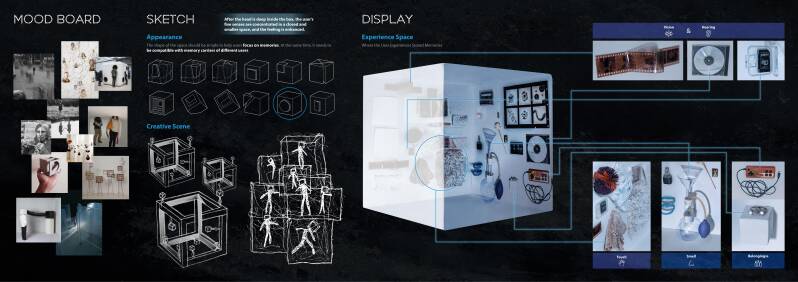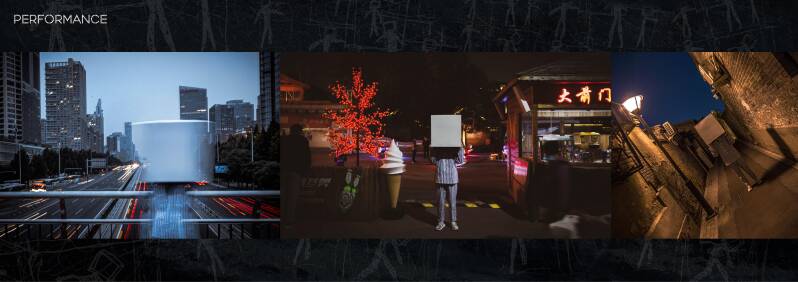Memory Bank 记忆银行未来思辨设计
Individual Project
Aim of Design
Medical technology is developing rapidly. So, we have reason to believe that, in the future, in the face of cancer and other diseases that still can not be cured yet by medicine, cryonics may be able to slow down death and help patients wait for the emergence of technology that can cure these diseases. "Memory bank" helps cancer patients and their families who use cryonics to construct and preserve their memories in a multi-dimensional, complete and safe way, so that patients can better integrate into their families and society after they wake up. Through this project, I hope to explore the impact of time and memory on interpersonal relationship and self cognition, and how it will change with the development of technology.
Design Innovation
1. Speculative Design: when medical technology can fight against time or life and death, what impact will it have on family and social relations? Does the power to construct memory belong only to the individual himself? "Memory bank" did not answer these questions, it just proposed a solution.
2. Design for Future Users: users are cancer patients who will wake up when cancer can be cured in 2050. I use the method of analogy to study the needs of future users, and put forward reasonable solutions.
Project Description
Human beings are always resisting death through medical technology. Cancer will be curable in 2050. Before that, cancer patients could slow their death by cryonics and wake up for treatment in 2050. A long period of isolation will have an impact on the patient's family relationships, social relationships and even their self-perception will be impacted for long time of isolation. Through the investigation of cancer patients, family of cryonics users and experts, I reasonably inferred the needs of future users, and designed a "memory bank". Family can help users build memories here, so that users can better understand themselves and deal with family and social relations after they wake up. I set the steps of locking and unlocking the account to protect the user's "rights of memory".










































Create Your Own Website With Webador